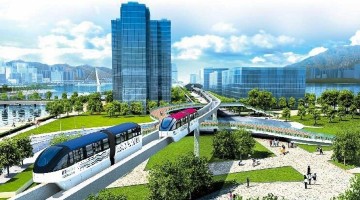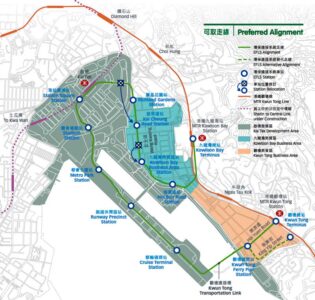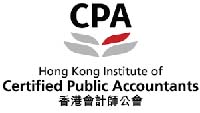Leaving aside the minor matter of Covid’s current impact on the industry, Hong Kong’s Kai Tak Cruise Terminal has long been a white elephant – a white whale if you like – beached on the old runway anxiously waiting for some sort of Greenpeace rescue mission in the form of a connection to the rest of the city. However, last week, having spent HK$90 million (US$11.5 million) over the past 11 years on the idea, the government dashed that hope when it announced that it would not be proceeding with the 9 km / HK$12 billion (US$1.54 billion) Environmentally Friendly Linkage System (in English, the Kai Tak monorail). Secretary for Development Michael Wong Wai-lun considered that the EFLS / KTM would be “severely constrained by the adjacent congested developments, very costly and not financially viable, and thus not a sustainable and pursuable option”.
We don’t know which congested developments he had in mind but if these already existed, why has it taken that long to identify them? Or, if they were new builds, why was the monorail route not taken into account when approving their development? And in concluding that the EFLS / KTM was unviable, what benefits were attributed to Cruise Terminal passengers using it to access the MTR network and (eventually) the rest of the city for a few precious hours?
The EFLS / KTM was due to also serve East Kowloon and the Kai Tak Sports Park (due to open in 2023) but where does its demise leave the Cruise Terminal in particular? Instead of the EFLS / KTM, a multi-modal system is now being proposed which, of course, will require a whole new feasibility study. The MMS (sorry, I can’t stop with the initialisms, this one is mine) would include new bus and minibus routes, moving walkways, promenades for pedestrians and cyclists and a nearby water taxi rank (although no mention of ding dings (trams) despite these being a tourist attraction on the other side of the harbour). However, none of this would be remotely capable of handling thousands of passengers at a time in perhaps hot or wet weather yet alone time-constrained, often less agile ones off a cruise ship.
The Cruise Terminal is operated by the private sector Worldwide Cruise Terminals (WCT). MD Jeff Bent put a brave face on the decision – see Transit Jam. He was apparently “not mourning” the loss of the EFLS / KTM in the hope that the government would instead build a whole lot more parking spaces. Good luck with that. How much would several days of parking cost HK – based passengers? They may as well take a taxi. Passengers from elsewhere would benefit only from shorter taxi queues. Turning over a further chunk of Kai Tak to car parks would involve huge opportunity cost. And taxi drivers still wouldn’t like the intermittent, one-way demand from passengers (at any one moment, all the passengers are travelling in the same direction unlike at the airport).
Is it perhaps time for the government to recognise that cruise ships deliver hugely fluctuating passenger traffic, a demand pattern that is not conducive to franchising out to the private sector? Investing in a fleet of upmarket tenders to take passengers straight to Central or TST would cost a bit but would extend passengers’ marvelous, water-based introduction to one of the World’s great harbours (yes, then renegotiate the terms of the Cruise Terminal concession). As I was saying three years ago.








